End-of-year time seems to slow down a bit from rest-of-the-year time, and that enforced (relative) rest gives me a break to look back for my favorite science fiction novels of 2022. I have to say that the current period, imho, eclipses past golden ages of SFF and redefines standards in a fundamental way. There is so much innovative work that changes the way I look at the old ideas of “classics.” I’ll write more about that in the coming year, but just now here are nine favorite science fiction novels in no particular order that show the range of great work that just keeps coming.
Eversion by Alastair Reynolds
Eversion is a masterful surprise in this author’s work, and I found myself reading it straight through. Instead of opening in one of Reynolds’ future worlds, the action starts on a sailing vessel, the Demeter, in a stormy sea off the coast of Norway in either the late 18th or early 19th centuries. From there it makes several time jumps in which the same characters keep searching for a mysterious entity called The Edifice. For me, the most memorable parts of the story, as is often the case in Alastair Reynolds’ writing, relate to the inner drives of the characters he creates and his depiction of a particular type of longing for relationships that are always out of reach.
Needle by Linda Nagata
Needle is the third book in Linda Nagata’s compelling Inverted Frontier series, an epic story of the search for remnants of human civilizations reaching back from the farthest reach of settlement toward the origin of it all. The crew of the Dragon encounter god-like beings and surviving islands of humanity along the way. In Needle, they are entering the Tanjiri system where they find the scattered remnants of a vast structure that once surrounded the star and was destroyed in some great cataclysm.The Inverted Frontier series has a unique power to combine the adventure of galactic-scale exploration and adventure with the intensity of the inner battles of mind to master levels of reality no humans have encountered before.
Neom by Lavie Tidhar
Written in a straightforward but luminous style, Neom extends the universe of Central Station to follow the lives of a mix of marginalized people, including robots, a hermit, a former terrorartist and a talking Jackal, most of whom are searching for what is missing from their lives. That could be love, purpose, family – usually they don’t really know until they find that special thing. Their journeys overlap and intersect by chance, yet it is often those surprising encounters that help them find new direction. Sometimes they do, sometimes they don’t succeed, but their questing goes on through Tidhar’s mesmerizing and beautiful prose.
Sweep of Stars by Maurice Broaddus
The remarkable Sweep of Stars, first volume of the Astra Black trilogy, brings to life the community and traditions of Muungano, the new civilization in space fought for by people of Africa and its diaspora. And what a civilization it is. Poetry and song infuse the minds of the characters, visual artwork is everywhere and the clothes people wear celebrate their individuality as well as their family colors and station among their peers. The Astra Black series promises to clear a wide field for dreaming and action that can be truly transformative. Sweep of Stars is the brilliant beginning of a major series.
Self-Portrait with Nothing by Aimee Pokwatka
Self-Portrait with Nothing is a psychological mystery-thriller that uses a fascinating approach to multiple universes that can be crossed through the impact of art. What I was most drawn to in Self-Portrait with Nothing was the central character’s limitless capacity for imagining other selves in other worlds. Sometimes that ability freezes her action in the here and now, but often it reveals a rich inner life that she can never quite share with others.
The Employees by Olga Ravn
The Employees requires a suspension of expectations about science fiction but nevertheless delivers a devastating impact. As a collection of statements by the crew members of a spaceship, both human and humanoid, it has little narrative drive at first, though it does work toward an understated and powerful ending. The Employees draws us into a tormented world of individuals trapped in a largely artificial environment, completely at the mercy of corporate officers, undergoing a sort of ultimate performance review that can have life-or-death consequences.
Eyes of the Void by Adrian Tchaikovsky
Adrian Tchaikovsky brings us marvelously close to feeling we’re right on the brink of grasping the essence of reality of his fictional universe in Eyes of the Void, second part of The Final Architecture series that began with Shards of Earth. Idris, the central character, has a specially altered intellect enabling him to navigate and understand unspace, the stratum of the universe – or that thing outside the real – that permits instantaneous space travel. The series is dense with ideas and adventure and crowded with the wild characters of Tchaikovsky’s incredible and prolific imagination.
One Arm Shorter than the Other by Gigi Ganguly
One Arm Shorter Than The Other introduces the idea of traveling in time over thousands of years. This extraordinary story combines psychological realism, science fiction and fantasy in a uniquely hopeful narrative of the interweaving of time and relationships.This delightful novella leads us from what seems an everyday world deeper and deeper into mysteries about time, time travel and relationships spanning thousands of years. All with the utmost simplicity of style and careful portraits of fascinating characters.
Goliath by Tochi Onyebuchi
Goliath is a deep examination of suppression of people of color by even well-intentioned white folks. It is wonderfully effective and moving when portraying the details of everyday survival in a radioactive post-apocalyptic USA, bringing to unforgettable life the African American and Puerto Rican characters trying to get by in the poisoned neighborhoods of New Haven, Connecticut. This is not a novel of twisty plot and high adventure. It’s future realism that projects from our present into an all too plausible tomorrow of a wrecked world where people still have to survive and make do with what they have. It’s literary science fiction at its best.
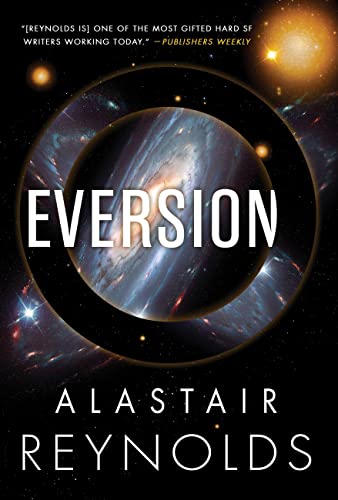
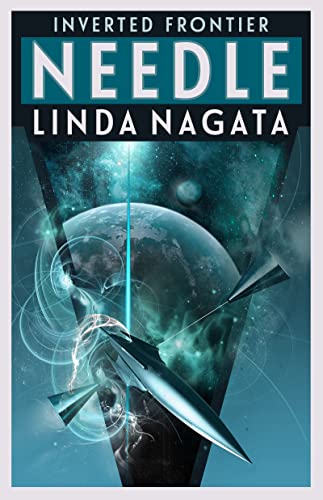
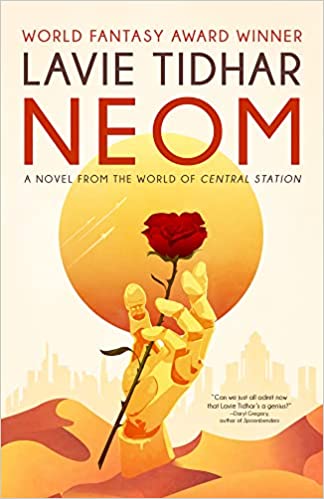
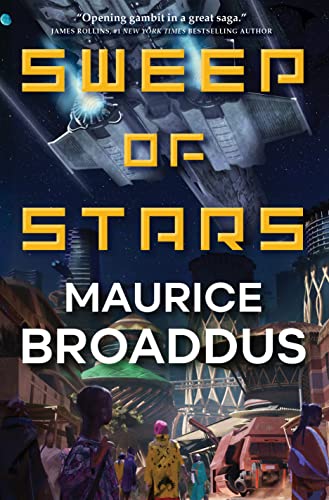
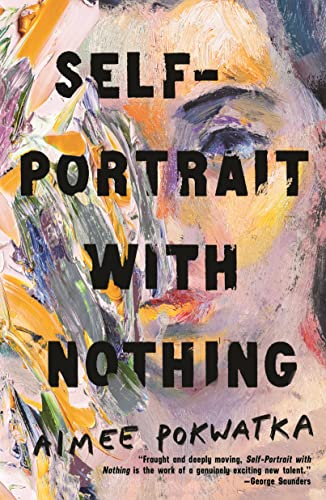
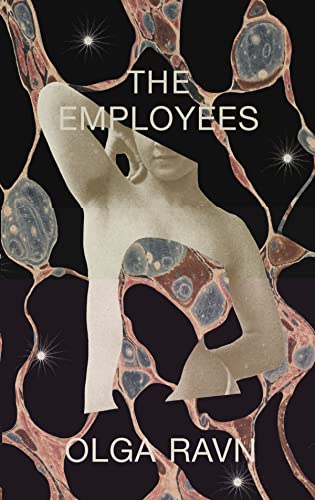
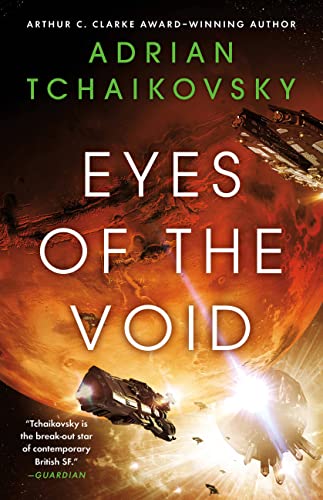
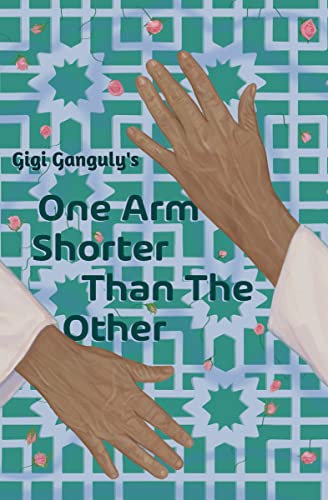
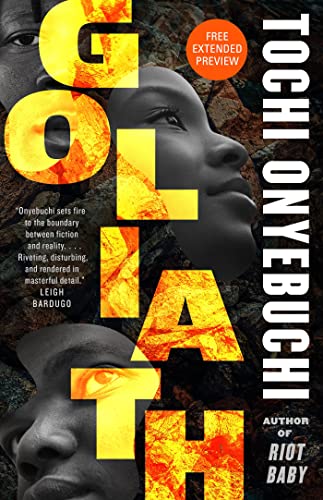
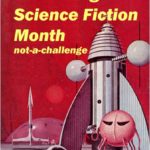
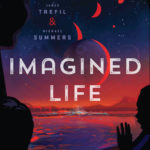


Leave a Reply